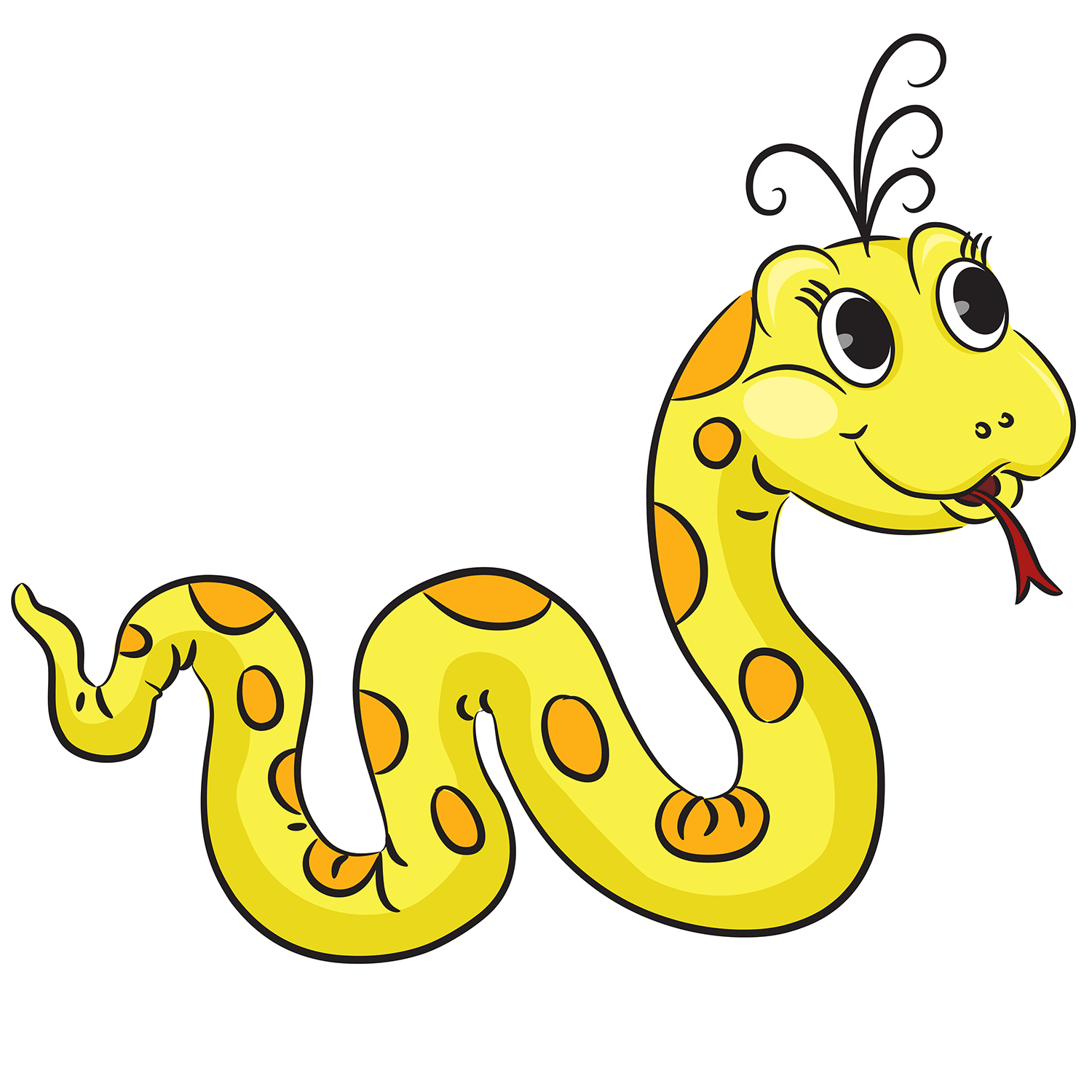Miss MacLachlan's
Lesson Designs
Emergent Literacy
Slithering Sssnakes
Emergent Literacy
Kelly MacLachlan
Rationale:
This lesson will help children identify /s/, the phoneme represented by S. Students will learn to recognize /s/ in spoken words by learning a meaningful representation (slither snake by moving arm from left to right) and the letter symbol S, practice finding /s/ in words, and apply phoneme awareness with /s/ in phonetic cue reading by distinguishing rhyming words from beginning letters.
Materials:
Primary paper and pencil; pipe cleaners, glue, and googley eyes; chart with “Six scared snakes scurry south”; Gordon, J. (1991). Six sleepy sheep. New York: Puffin Books.; word cards with SAD, CAKE, SITE, TALE, SICK, and SEAL; assessment worksheet identifying pictures with /s/ (URL below).
Procedures:
-
Say: Our written language is a secret code. The tricky part is learning what letters stand for – the mouth moves as we say words. Today we’re going to work on spotting the mouth move /s/. We spell /s/ with letter S. S looks like a snake, and /s/ sounds like a snake slithering and hissing.
-
Let’s pretend we are slithering snakes, /s/, /s,//s/. (Use the arm movement of the snake). Notice where your tongue is? (Roof of mouth). Notice what your teeth are doing? (Clenching together). When we say /s/, we blow air around our tongue and through our teeth.
-
Let me show you how to find /s/ in the word house. I’m going to stretch house out in super slow motion and listen for the snake. Hhh-ou-ou-sse. It was right there at the end! I felt my teeth clench together, and my tongue touched the roof of my mouth. I can feel the snake /s/ in house.
-
Now, I am going to pass out one pipe cleaner, two googley eyes, and a bottle of glue to each of you. We are going to make an S-shaped snake! Twist your pipe cleaner until it looks like the letter S, then glue on your snake’s eyes. We are going to use this snake to help us detect /s/ in our readings.
-
Let’s look at this tongue twister (on chart). “Six scared snakes scurry south.” Everyone say it three times together. Now, when we say it, lets say it slow so that we can listen for the snake /s/ sound. When you can feel your mouth making the /s/, slither your snake into the air. “Sssix ssscared sssnakes ssscurry sssouth.” This last time, lets break the /s/ off of the word: “/s/ix /s/cared /s/nakes /s/curry /s/outh.”
-
(Have students take out primary paper and pencil). We use letter S to spell /s/. Capital S and lowercase s look like snakes. Lets start with the lowercase s. On your primary paper, start your snake’s head a little under the fence. Then, curve it up so that the snake touches the fence, and then twist him almost like a c, but continue to bring the snake to the sidewalk. Then, you can curl his tail back up! I will come around and check to make sure we are writing our s the right way, and then you can keep practicing.
-
While reading out words, encourage children to lift their pipe cleaner snake when they hear the /s/. Call on students to answer and tell how they knew: Do you hear /s/ in dog or horse? Sad or happy? Stand or hand? Salsa or ketchup? Slither your snake or your arm if you hear /s/: The, small, mouse, sat, on, his, silver, stool.
-
Say: “Let’s look at a book that focuses on the /s/ sound! It is called Six Sleepy Sheep by Jeffie Ross Gordon. This book is about some sleepy sheep who can’t fall asleep! They are trying to find ways to make themselves fall asleep faster. What do you think they will do?” Read the book, drawing out /s/. Ask students if they can think of any words with /s/ to describe these sheep and how they fell asleep.
-
Show SAD and model how to decide if it is sad or mad: The S tells me that the snake is slithering, /s/, so this word is sss-ad, sad. Now, you try some: CAKE: cake or sake? SITE: site or bite? TALE: tale or sale? SICK: sick or lick? SEAL: seal or deal?
-
For assessment, distribute the worksheet. Students are to complete the partial spellings and color the pictures that begin with S. Call students individually to read the phonetic cues from step #9.
References:
Picture used from:
http://teachingmama.org/5-fun-activities-for-the-letter-s/
Assessment worksheet:
http://www.kidzone.ws/kindergarten/s-begins2.htm
